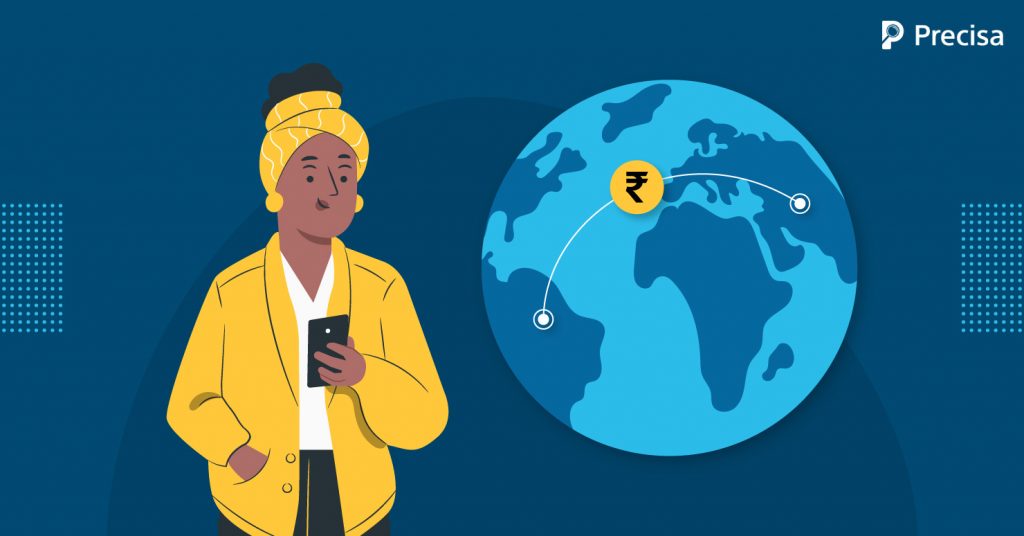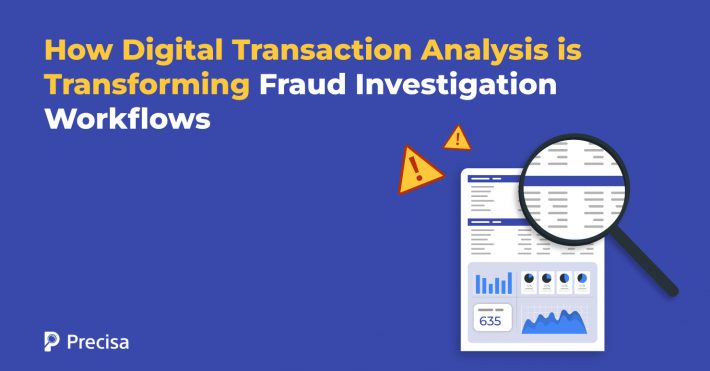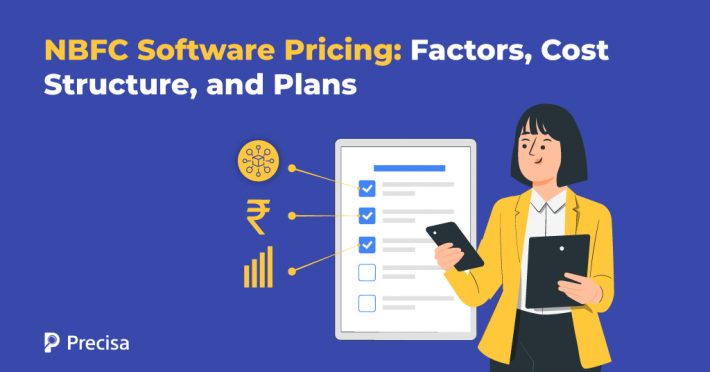Cross-Border Payments: Challenges & Trends in 2022

New players are entering the realm of payments as customer demands change rapidly. Both corporations and consumers are increasingly transacting cross-border using online (mobile) payments and eCommerce respectively. The result: a significant change in how international remittance payments are conducted affecting all parties involved.
So, all this puts substantial pressure on the payments solution industry to collaborate and develop robust cross-border payments solutions. As an essential element of the financial sector, it is high time cross-border payments are redefined by identifying their challenges & trends. Let’s dive into cross-border payments, their challenges & trends in 2022.
What are Cross-Border Payments?
Cross-border payments are transactions involving parties based in different countries. International payments play an integral part in the day-to-day operations of global corporations, both big and small.
In this regard, it is imperative that orgs and individuals can transfer funds securely and efficiently across international borders. However, due to the increased complexity of cross-border payments, such transactions are frequently more expensive and require more time to process than domestic payments.
For instance, a typical international payment could take up to five working days to clear, depending on how many intermediary banks are involved.
What are Various Challenges Associated with Cross-border Payments?
Committee on Payments and Market Infrastructures – CPMI noted undoubted room for improvement in cross-border payments infrastructure. They identified more risks, complexities, and rules associated with cross-border payments.
However, many cross-border payment systems still suffer from the same problems, now that many banks are working to close the gap. The challenges are as below:
1. A high price tag
Payments made across international borders are costly because of the multitude of intermediaries involved in the process. All the intermediaries charge fees for their services. Fees associated with regulatory compliance and currency exchange also add up.
2. Transactions take too long
The process of completing cross-border payments involves a lengthy series of steps. It usually takes between 2 to 5 days to process cross-border payments via traditional bank transfers — a very long time compared to almost instant domestic payments.
It is again because so many entities are involved in just one international transaction. For example, sending money from Ukraine to Sri Lanka must go through an intermediary in Russia or Germany, and then India.
3. Security concerns
Consumers and banks alike need to feel confident that their money is secure when transacting internationally. Unfortunately, cross-border payment systems are often the target of high-level security threats, as evidenced by the heist of Bangladesh’s central bank in 2016.
Whenever money enters a country with weak security and access policies, the cross-border payment system is vulnerable to hacking. A bank may not recover the funds stolen by a hacker from a cross-border payment pathway. A loss of this magnitude is indeed costly.
4. An insufficient level of transparency
Consumers and businesses alike complain about the lack of transparency in cross-border payment systems. For instance, a 2017 SWIFT and EuroFinance survey revealed that 64% of companies want to track payments in real-time, while 47% want better visibility of costs and deductions. Transparency of this kind is critical for businesses and consumers who wish to avoid hidden charges.
How to Address the Cross-border Payments Challenges?

In light of the efficiency and resilience of the current supply chains and operating models in many countries, businesses have been in various stages of reopening since the Covid-19 hit.
Business owners now need international payments solutions that are faster and more seamless to transact. Among these factors are limited banking hours, batch processing, etc. As the economy continues to improve, these parameters will greatly benefit businesses.
Here are potential solutions for the challenges in cross-border payments:
Enhance technological solutions
A payer wants an easy way to pay. Instead, with the current B2B payment transactions, it is often about the business processes that precede the payment.
Financial institutions must, therefore, invest in automation modules that utilise artificial intelligence (AI) to calculate – when to lock in foreign exchange rates, the currency in which to transact, and how to calculate fees and losses. All these efforts must work towards a single goal to enhance the overall payments transaction process for all the parties involved.
Foster innovation through a unified approach
Entities in power must enable cross-border coordination between regulators and financial technology companies to reduce redundancies. What’s needed is global regulatory oversight through collaborative efforts and a fusion of regulatory bodies to increase international trade. It includes creating a simple, easy-to-understand product, like a consumer one.
Modern security ensures trust
Public and private sector collaboration to reduce cybersecurity threats benefits cross-border payments. Additionally, law enforcement agencies should collaborate and share information when things go awry.
So, we found some challenges and some solutions. How are the trends taking shape in 2022, then?
Cross-Border Payments Trends in 2022
- Consumers are no longer interested in paying for expensive banking services – they’re all for fast, secure, and intuitive options.
- China’s Belt and Road Initiative and the African Continental Free Trade Area have stimulated growth in global cross-border trade.
- Across the globe, smartphones have given people almost unlimited access to banking and ePayment services.
- Manufacturers are expanding their supply chains across international borders.
- Investment flows through international markets and the management of cross-border assets are prevalent.
- Improving international trade by implementing e-commerce strategies.
In the face of these shifts, business owners across industries need to leverage ownership and integrate cross-border payments into their success mantra.
Of course, financial institutions are here to stay. However, it’s impossible without rethinking their place and role in the cross-border sector.
In this phase, fintech like Precisa is doing its best to make the necessary changes to adapt. With its state-of-art bank statement analyser, Precisa is helping hundreds of orgs make better and more informed decisions. The result – better organisational performance, and more satisfied clients.
Customer experience will take precedence over pure payments. For the end-to-end process to succeed, one needs to keep up with the changing trends of this revolutionary commerce flow.
Sign up for Precisa 14 days free trial today to learn more about how Precisa’s innovative technologies help make finance easier, secure, and user-friendly.



